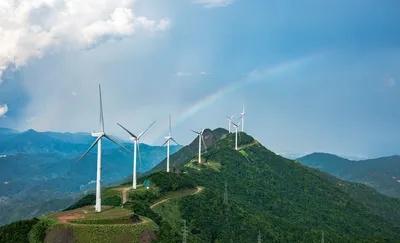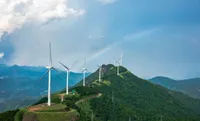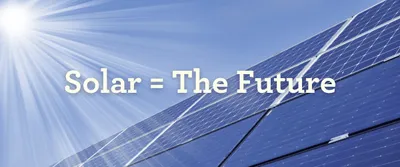5 common myths about Hydro Power
23/09/2018

Currently, hydro power supplies around 60% of New Zealand’s electricity demand, and it’s one of the cheapest and most efficient forms of power generation. There’s lots of misinformation out there about hydro power, so we’ve written this article to bust some of the most prevalent myths.
Myth 1: Hydro generators will damage local ecosystems
In the past, Hydro generators have been frowned upon due to the environmental damage and harmful disruption to wildlife. But the good news is that technology and major commitments to improving hydro generation is underway.
With careful legislation and clever design, hydro-generators can be installed and operated with minimal disturbance to the surrounding environment. In Norway, many of these generators are buried into the rocks of the fjords, where they can’t even be seen, let alone disturb wildlife or degrade ecosystems.
When used as an argument, this often falls flat – it’s used to argue for the continual use of fossil fuels, which have a proven and significant negative impact on the environment.
Myth 2: Hydro electricity is unreliable
People are often skeptical of power sources that come from nature – and there’s no reason to worry.
With the advances in technology over recent years (including solid-state electronics and maintenance-free water intake) hydro electricity is becoming a more stable source of power. In some remote areas, it’s the most reliable source.
Myth 3: Hydropower is not carbon-neutral
One of the main criticisms you’ll hear about hydropower is that they produce more greenhouse gases than similar-sized fossil fuel stations. Soil and vegetation trapped in the turbines and spillways emit methane and carbon dioxide when they decay.
With proper controls and design, a hydropower dam can be built to be completely clean– these methane emissions can be eliminated.
Myth 4: hydro stations have to be huge in order to be efficient
Many people believe that only the biggest stations servicing a massive national power grid will be efficient enough to be worthwhile.
The truth is that the technology is moving so fast that smaller plants and micro hydro generators can generate nearly identical efficiency to a larger station (around 60% – the rest is lost as waste heat). The surplus heat on a micro-hydro generator can also be collected and used to heat a home, providing additional energy. Small scale hydro feeding localised grids or micro hydro on a single property are viable options for some communities and individuals. We’re already seeing these types of systems being used effectively incountries like Korea.
Myth 5: Hydro power isn’t part of the future of clean energy
Many people believe that the future of clean and ethical energy lies in wind, solar, and other exotic sources like biomass. However, hydropower should always be considered as a key part of a clean and ethical energy strategy.
Studies in the USA have shown hydropower is often the only viable renewable option in areas where solar and wind are not suitable, giving nearby communities a resource for renewable energy.
Hydropower is not a single solution that will save the whole world. But used in countries where it makes sense geologically, it can form an integral part of a renewable energy system.
New Zealand is a country blessed with abundant hydro resources, and as we improve our complementary resources, it will become increasingly vital. For more information about hydro and other renewable energy in New Zealand, check out the Ecotricity Mission.







